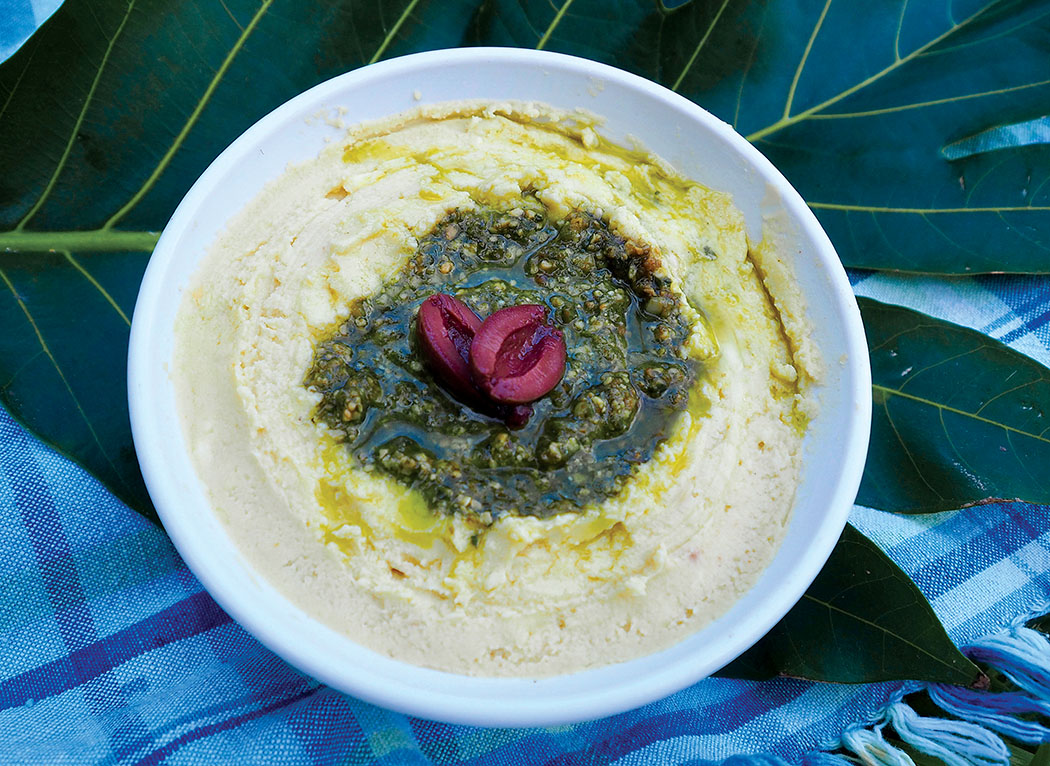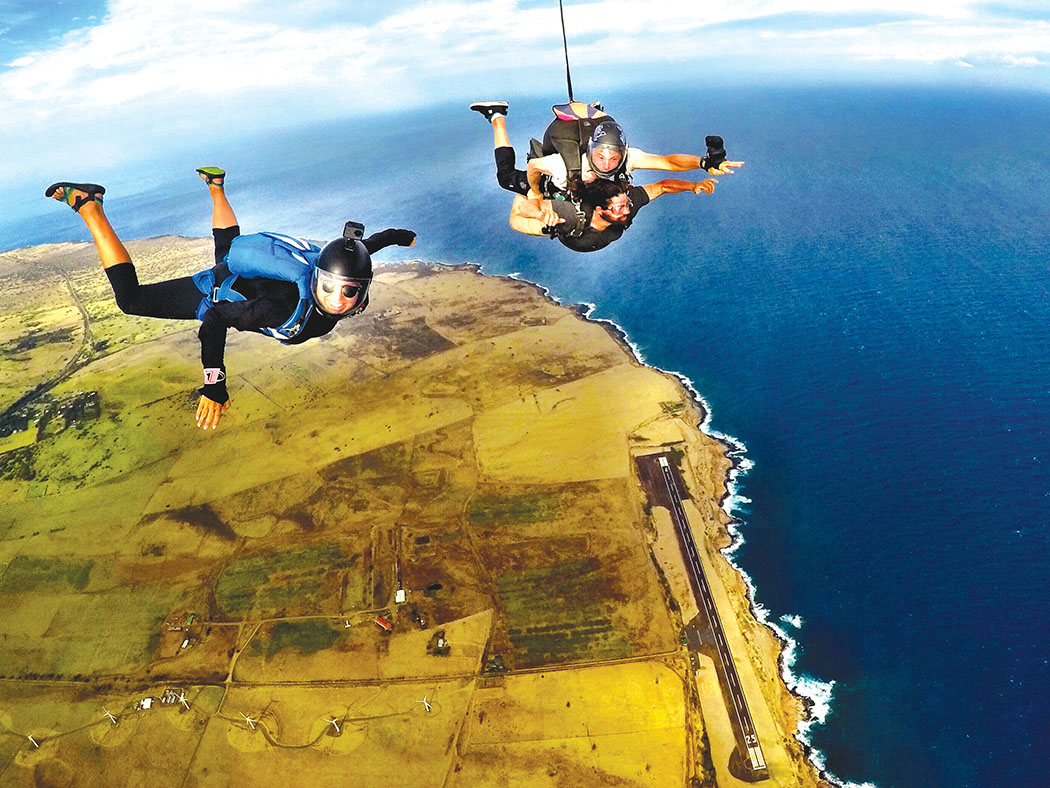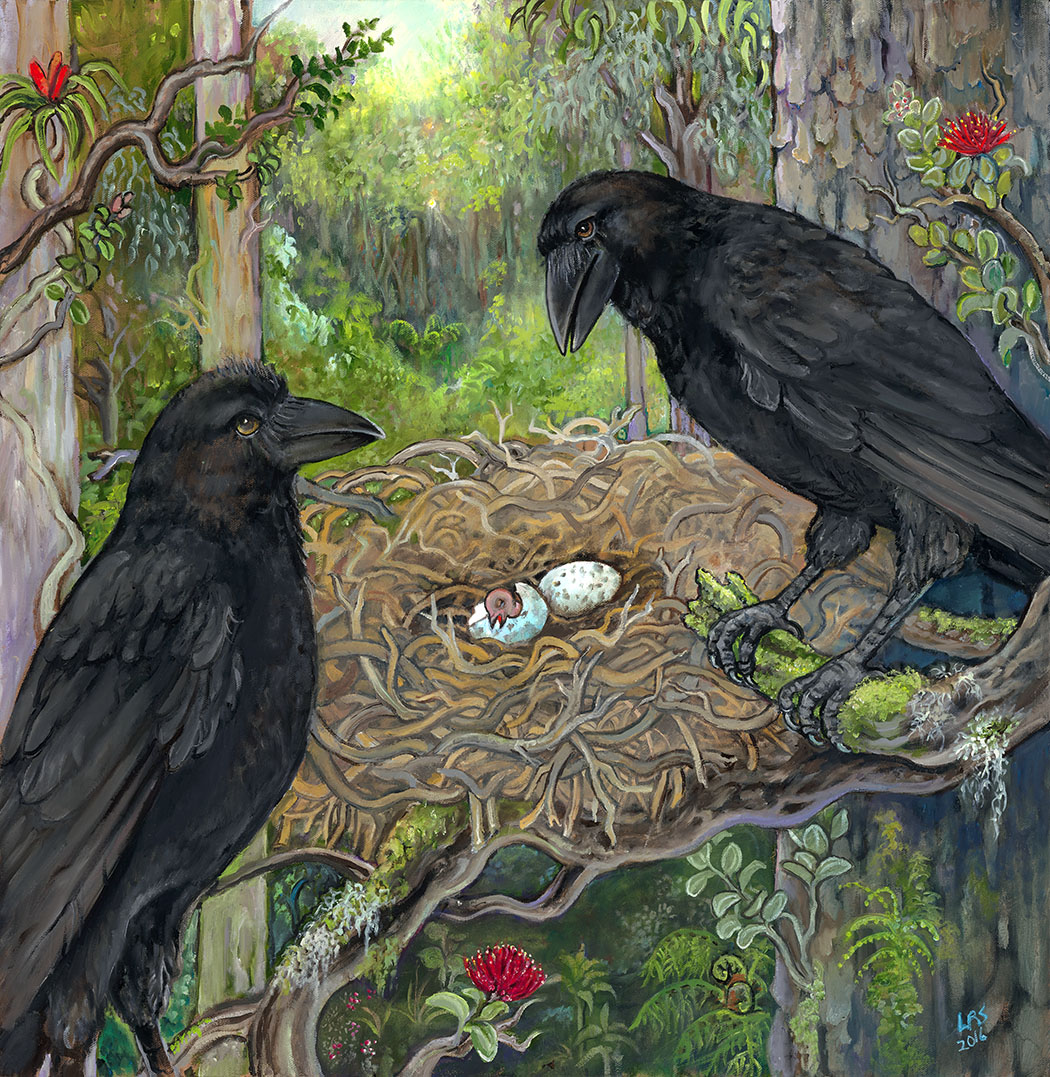
The ‘Alalā: Save the Crows, Save the Forest

By Stefan Verbano
Long ago — before the chirp of coqui frogs, before the buzz of mosquitoes, before the scuttle of mongooses—Hawai‘i Islandʻs mountain forests rang out with a different sound. Shrill and piercing, these shrieks rose above the understory din, easily the loudest tone echoing across the temperate slopes of the islandʻs volcanoes Hualālai and Maunaloa. It was the wail of a newborn; the cry of an ancient warrior storming into battle; something primitive, visceral and melancholy, with a cadence that made the trees themselves seem alive.
This is the call of the ‘alalā—the Hawaiian crow—Latin name Corvus hawaiiensis. Up until a few years ago, Hawai‘i Island’s forests were bereft of their cries. The population of football-sized, large-billed, matte-black birds had been decimated over the past century by introduced predators and avian diseases, in addition to being hunted as pests by farmers hailing from the island’s burgeoning commercial fruit industry.
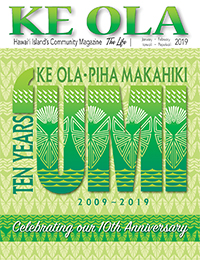
In an October 2016 assessment, the ‘alalā could be found on the International Union for Conservation of Nature’s (IUCN) Red List of Threatened Species, with a classification of “EW: Extinct in the Wild.” The crows’ cries were gone from the forests, and it seemed as if the death knell for the species was sounding.
In a last-ditch effort to save the birds from the IUCN’s next and final classification of “EX: Extinct,” biologists, academics, primary school students, native Hawaiians and state conservation workers have banded together to create The ‘Alalā Project—a partnership run by the State of Hawai‘i’s Division of Forestry and Wildlife, the U.S. Fish and Wildlife Service, and San Diego Zoo Global, with assistance from the University of Hawai‘i at Hilo and the United States Geological Survey.
‘Alalā Project conservationists are raising the crows at two local breeding facilities managed by the Hawai‘i Endangered Bird Conservation Program: one here on Hawai‘i Island, the other on Maui. The two facilities are officially Global Field Stations of the San Diego Zoo’s Institute for Conservation Research. At the 155-acre Keauhou Bird Conservation Center (KBCC), located near Volcano on leased land donated by Kamehameha Schools, 18 ‘alalā aviary buildings provide a safe, managed environment for the crows’ breeding, socialization and anti-predator training.
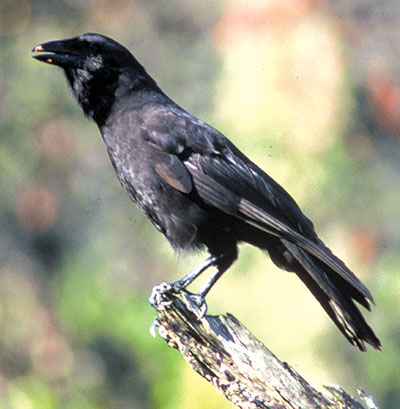
KBCC conservationists raise the crows for release in “cohorts” of about a dozen. Out of the species’ total population of more than 125 as of late 2018, 11 were released in 2017 and 10 in 2018. In all, 21 ‘alalā live in the wild today and the rest are housed in breeding facilities, with planned releases of many more cohorts in the years to come. Preliminary observations show the 2017 and 2018 cohorts faring well within the Pu‘u Maka‘ala Natural Area Reserve just north of Hawai‘i Volcanoes National Park; the groups of crows are adapting to forage wild fruit on their own more and more, and relying less on supplemental fortified food pellet caches placed throughout the forest by conservationists to give the birds a fighting chance.
There has even been an instance of four ‘alalā chasing away an ‘io (Hawaiian hawk)—one of the crow’s most lethal natural predators. Researchers chalk up this latter success to intensive anti-predator training which the birds receive while in captivity, including placing an ‘io in visual sights of the crows and playing a recorded ‘alalā distress call to trigger the young birds’ reactionary instincts.
The story of the ‘alalā’s reintegration into the wild has not always been a hopeful one. Between 1993 and 1999, conservationists released 27 crows in South Kona in what turned out to be a failed attempt to establish a self-sustaining wild population there. 21 of the 27 either disappeared or died of predation or disease, and the surviving six were taken back into captivity. In December 2016, a small, all-male cohort of five crows was released and suffered three mortalities shortly thereafter. With heavy hearts, conservationists tracked down the two survivors using radio transmitters that are worn between the birds’ wings in a harness like a mini backpack, and brought them back into the aviary.

photo by Ken Bohn, San Diego Zoo Global
Rachel Kingsley worked at KBCC for nine years before becoming an education and outreach associate with the ‘Alalā Project. She recalls the drive and dedication of conservationists working there, nonplussed by the difficulties and setbacks inherent in trying to reintroduce an endangered bird species back into the wild after the species has been raised in captivity for decades.
“They’re hopeful,” Rachel says about the KBCC staff. “They’re passionate about this species in particular, and conservation in general. They definitely want to see the ‘alalā back out in the wild, and to create a self-sustaining population.”
Because the crows have been in captivity for so long, Rachel continues, it is easy to sometimes lose sight of the real long-term goal of KBCC and the ‘Alalā Project in general—to someday no longer need either of those entities. “The motive is that the ‘alalā belong back in the forest. As part of the conservation breeding program, we do the work we do, understanding these birds belong back in the wild. We are like the ER of the population.”

Save the crows, save the forest. If it isn’t already, that should be the clarion call of ‘alalā and native plant species conservationists throughout Hawai‘i Island. Hawaiian crows play a crucial role as seed dispersers in the lifecycle of native Hawaiian forests, making their nests in ‘ōhi‘a (Metrosideros polymorpha) and koa (Acacia koa) trees and foraging more than 30 species of native fruits, passing the seeds through their digestive systems and distributing them far and wide. The ‘alalā played such an important part in the preservation of Hawai‘iʻs fragile ecosystem that biologists have dubbed the crow an “indicator species,” whose degree of health and longevity can reveal the qualitative status of its natural environment. In laymen’s terms, the loss of these crows means the loss of native forests, and a degradation of Hawai‘i Island’s ecology that affects its fragile web of life from mountains to ocean.
To provide food and habitat for the crows—and other birds being raised at KBCC—the Hawai‘i Forest Institute has created the KBCC Discovery Forest adjacent to the Center. More than 2,000 volunteers have cleared roughly 12 acres since January 2015 and planted 9,000 native seedlings, including kawa‘u, kōlea, ‘ōlapa,‘uki‘uki, popolo ku mai, pilo, māmane, maile, and koa.
“Critically endangered Hawaiian birds bred in captivity at KBCC will eat many of the native understory fruiting species being planted at the Discovery Forest,” says Heather Simmons, Executive Director of the Hawai‘i Forest Industry Association. “Birds forage on insects and their larvae in and around the trees, use tree cavities for nesting, and feed on the fruits from trees that grow in the understory.”

The Hawaiian Exchange
When Christopher Columbus set foot in the new world in 1492, he kicked off a widespread, dramatic, and irreversible transfer of plants and animals between the Americas, West Africa and the Old World that changed the course of history and permanently reshaped ecosystems across the globe. Historical ecologists have dubbed this landmark transfer the “Columbian Exchange,” bringing horses, pigs, bees, coffee, apples, and wheat to the New World, and sending back tobacco, maize, rubber trees, tomatoes, and cacao to the Old.
In a much smaller and more one-sided transfer that might be dubbed the “Hawaiian Exchange,” Captain James Cook made first landfall in early 1778 at Waimea Harbor on the island of Kaua‘i, beginning a similar transfer of animals and plants between all other habitable continents and the Hawaiian Islands. Before Cook, there were no mosquitoes, no mongooses, no fire ants, no strawberry guava, no coqui frogs, no coffee, and no Rapid Ōhiʻa Death in the island chain.
Of the many casualties of the Hawaiian Exchange—Smithsonian researchers in the 1990s identified more than 35 species of extinct native Hawaiian birds—the ‘alalā barely avoided becoming another. According to the ‘Alalā Project, the 1890s were the last period that the crow could be found throughout their historic range of dry and semi-dry high-elevation forests in South Kohala, Kona, Ka‘ū, and Puna. Over the next decade, Hawai‘i Island residents were already observing population declines. By the 1950s, the ‘alalā inhabited only a fraction of their historic habitat. In 1976, only 76 birds remained in Hualālai, Hōnaunau, Honomalino, and the Ka‘ū Forest Reserve. Between 1991 and 1992, the crow population was down to 13. After the failed reintroduction efforts between 1993 and 1999, the last pair of wild ‘alalā were observed in South Kona in 2002. Luckily, the crows had already been brought into conservation breeding facilities beginning in the 1970s, and while the wild population finally ceased to exist, the species held on in captivity.
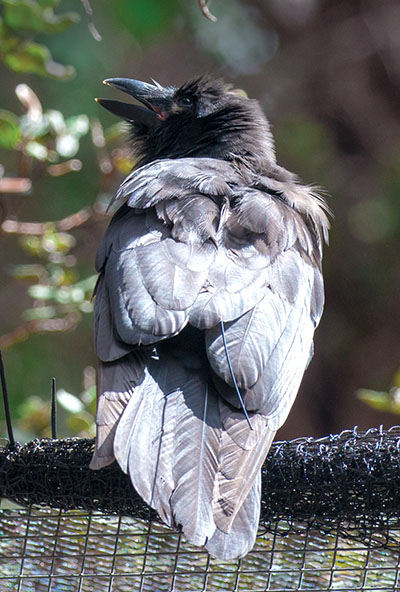
Today, thanks to a half-century-long conservation effort by people of all different associations, the forests are alive again with the crows’ cries. Kristina Paxton, an adjunct assistant professor within UH-Hiloʻs Department of Tropical Conservation Biology and Environmental Science, researches ‘alalā vocalizations by recording the sounds of the 2017 and 2018 cohorts in the forest and comparing them to recordings of wild crow populations collected by fieldworkers in the 1990s. As the once-captive birds achieve new vocalizations and behaviors similar to those of their now-extinct wild counterparts, Kristina says, this signifies the crows are successfully learning and adapting to their environment. “It would help to show that they are becoming wild, you could say,” she says.
For someone who hears ‘alalā cries day in and day out, Kristina has no trouble describing their racket. “Itʻs a screech,” she says. “There’s no chance of misidentifying the ‘alalā. They are loud! It’s so distinct in the forest—there’s no other forest bird that makes vocalizations like that. As soon as you step out of the truck, you know there are ‘alalā out there. For me, it brings a huge smile to my face. It has completely changed the soundscape.” ❖
For more information: dlnr.hawaii.gov/alalaproject/
Mahalo Kuwili Lani – Sustainability Story Sponsor
